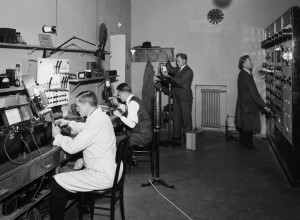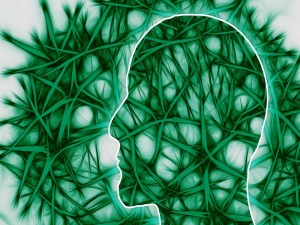A note about paths
Throughout these exercises, if you see any paths (either in the instructions on this site, or in some of the scripts) that start with
/Volumes/Network/courses/ss/
then you should replace that with the path to your Documents directory, which is probably
/home/cs220/Documents/
This is the location of the pre-installed tools that you will be using. In the lab here, you have your own copy of everything, but you do not need to change any of it. You will do your work in separate working directories, as specified below.
A note about the tools and data
Almost all the tools and data you are using are free and Open Source and you can obtain them yourself from the original sources, or copy them from the machines here. There are two important exceptions, and you must not take copies of these things:
- HTK – the license does not permit redistribution. You must obtain it yourself from the HTK website.
- The waveforms in
edinburgh_example_arctic_48k– this is the property of one of my Edinburgh students who has generously allowed me to use it for this summer school. We can’t use the free ARCTIC corpora for the DNN exercise, because it is set up for 48kHz sampling rate only.
In addition, the dictionaries have the following condition:
- the pronunciation dictionaries are built using Unisyn and you may take copies of them only if you sign the license first. You must not redistribute the pronunciation dictionaries.
If you agree to the above, and have completed the Unisyn license, then download a version built on Ubuntu (247M; md5 checksum 6b1499e6b892f0e677d736e25a003a11).

Build your own unit selection voice (SPCC version)
Instructions for building your own unit selection voice, that can be completed within a 2 hour lab session.

Build your own DNN voice (SPCC version)
Instructions for building your own DNN-based voice, that can be completed within a 2 hour lab session.


 This is the new version. Still under construction.
This is the new version. Still under construction.